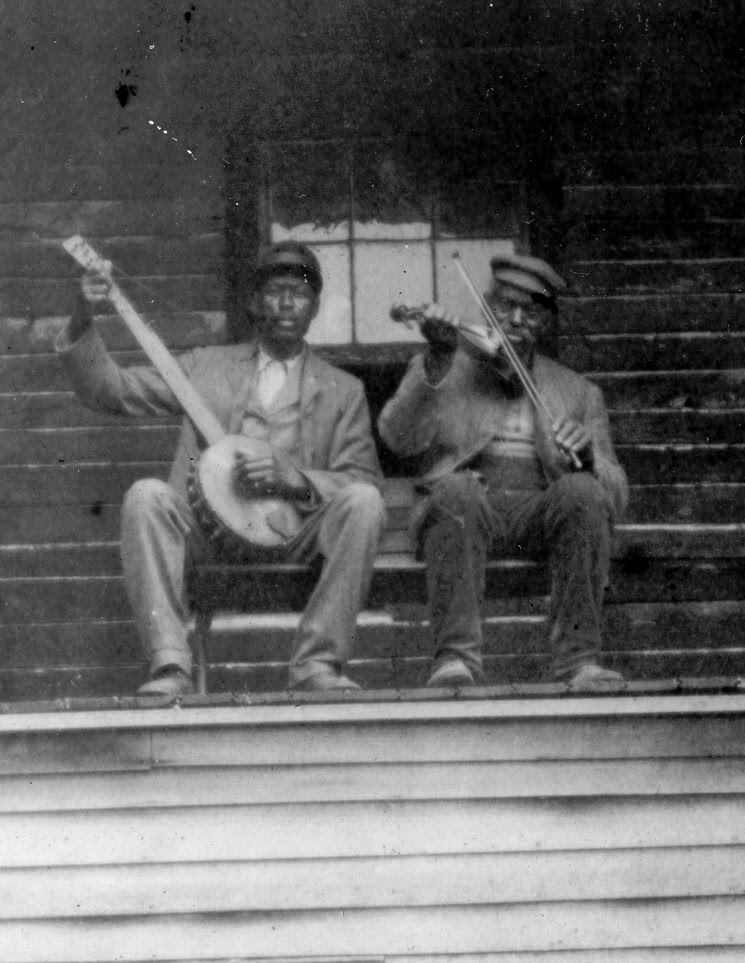During the 1990-91 academic year, the Multicultural Affairs Advisory Council (MAAC) began discussing the possibility of establishing a Multicultural Center at Kenyon College. Through hard work and the commitment of many students, faculty, and staff, a proposal was submitted to the Senior Staff and Board of Trustees. The proposal was endorsed and a small committee began to lay the groundwork for the Center during the 1991-92 academic year. The grand opening of the Snowden Multicultural Center was on September 12, 1992.
Origin of the Name
The center is named for a family of Knox County African-Americans that was famous as a performing musical band from the 1850s until the early 1920s. Thomas and Ellen Snowden, the first Black people in Knox County to be married, came to Ohio in the 1820s in the first wave of immigration to the western frontier.
The couple, who were former slaves, became landowners and farmers in the community of Clinton, just north of Mount Vernon. Their seven children attended school and played in the family band. The only Snowdens to survive the twentieth century, brothers Benjamin and Lewis, gave concerts on fiddle and banjo from the second-story gable of the family home. Many Knox County residents, particularly African-Americans, believe that the Snowden family wrote the song "Dixie," although it is credited to Daniel Decatur Emmett (also of Mount Vernon). This belief about the Snowden's role in creating an icon of American culture is so strong that the common gravestone of Benjamin and Lewis is engraved, "They taught ‘Dixie’ to Dan Emmett."
The Snowdens faced many challenges of multicultural contact that continued to define the American experience. By naming this building the Snowden Multicultural Center, Kenyon celebrates its historic link to Knox County, and commemorates a distinguished family's struggles and successes.
The Snowden Family Band was active from the early 1850s to the turn of the 20th century. This photo of Ben and Lew Snowden is from the 1890s.
